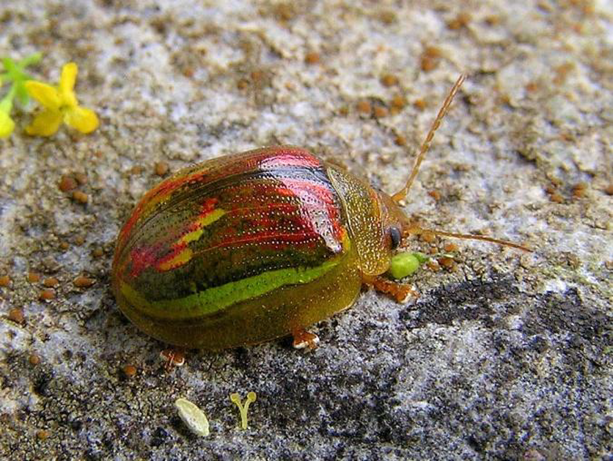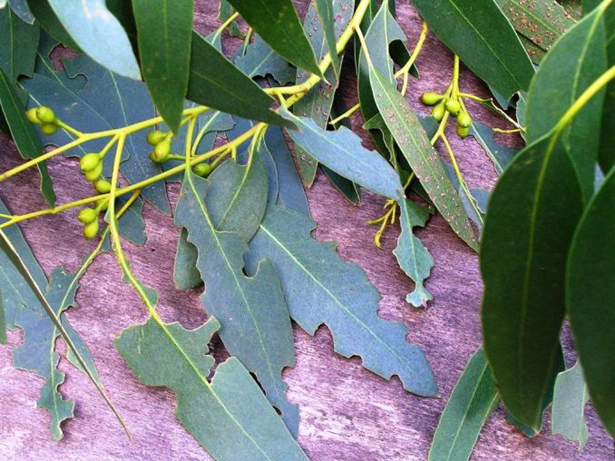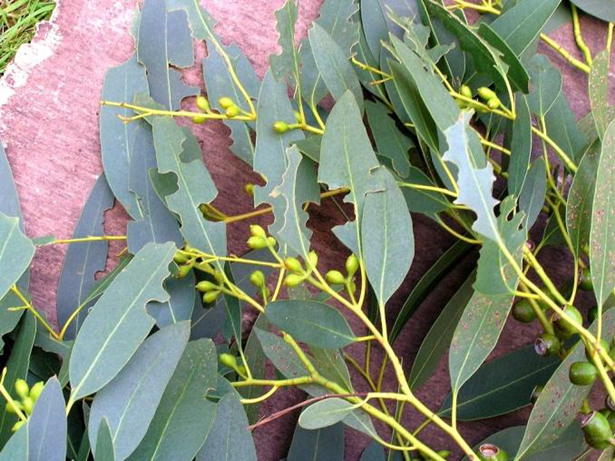Please look out for this beetle this summer, especially if you are light trapping, and send me your records. (Contact details below).
This very distinctive Chrysomelid beetle (leaf beetle) is about the size of a large ladybird. As its name suggests it comes from Tasmania, but it is also native to Australia, where it can be a pest in Eucalyptus plantations. The larvae and adults feed on the leaves of a variety of Eucalyptus tree species.
 |
 |
Figs. 1 & 2. Tasmanian Eucalyptus beetle: This one in a Light trap in Hemingford Grey, Cambridgeshire, on the morning of 25th June 2020. (Photos: Nick Greatorex-Davies)
It was first recorded in Britain in a garden in London in 2012. It is spreading. It probably entered Britain via the horticultural industry and its international trade in Eucalyptus trees. Since 2012 it has been sporadically recorded in SE England, especially Kent, Sussex, Surrey and the London area. Fresh adults appear from June onwards. It hibernates as an adult in the soil, appearing again the following April when it lays its eggs on Eucalyptus trees. It was first recorded in the Republic of Ireland in 2007 in County Derry, and is already widespread there and causing defoliation in Eucalyptus plantations.
More details about the beetle can be found on DEFRAs Tasmanian Leaf Beetle Plant Pest Factsheet, including a picture of the greyish yellow-green larva with its dark head and legs (see reference below). For another picture of the larvae see: https://www.brc.ac.uk/psl/photo/paropsisterna-selmani-reid-de-little-2013
LOOK IN MOTH TRAPS
More than half the records (60%) are from moth traps, and the majority of records have come from private gardens.
Until 2020 it was not known north of London. On 25th June I found one in one of my garden moth traps in Hemingford Grey, near Huntingdon. There is a reasonably large Eucalyptus tree in a neighbour’s garden. My specimen (see photos below) was identified for me by my ex-colleague, the coleopterist Dr. R. Colin Welch. (Welch & Greatorex-Davies 2021).
Subsequently another two were recorded in Blunham, in neighbouring Bedfordshire on 18th August and on 9th September (by Alan Garner, also in a moth trap). This location is about 25 km south-west of Hemingford Grey.
PLEASE SEND ME YOUR TASMANIAN LEAF BEETLE RECORDS
If you find one, either in a moth trap or elsewhere, please will you record the date, location (with if possible a 6-figure grid reference), method of capture (e.g. in moth trap, on Eucalyptus tree, etc.), and take a photo if possible, and send the information to me. My contact details are as follows:
28 Old Pound Close, Hemingford Grey, Huntingdon PE28 9DY
This email address is being protected from spambots. You need JavaScript enabled to view it.
Text/phone: 07519 020296
The Animal and Plant Health Agency (APHA) will also be interested in any records. I will pass any records sent to me on to them.
[Should you wish to contact APHA directly yourself (but please still send me any records), I have been advised that you should email APHA with details of the record at: This email address is being protected from spambots. You need JavaScript enabled to view it.. You would then be put in contact with a local inspector, as I was. A “man from the ministry” came over to see me and we spent a couple of hours looking at Eucalyptus trees in the village, but only found feeding damage on the tree in the garden adjacent to mine. No further action was taken. I think they mainly want to keep track of the beetle’s expansion and progress in Britain].
 |
 |
Figs. 3 & 4. Tasmanian Eucalyptus Beetle damage on Eucalyptus leaves, Old Pound Close, Hemingford Grey. (Photo taken on 17th July 2020, Nick Greatorex-Davies)
REFERENCES
Malumphy, C. & Anderson, H. 2015. Tasmania Eucalyptus Beetle Paropsisterna selmani. DEFRA Plant Pest Factsheet, 4pp., 7 figs. [https://planthealthportal.defra.gov.uk/assets/factsheets/paropsisterna-selmani.pdf]
Welch, R.C & Greatorex-Davies, J.N. April 2021. Recent records of the Tasmanian eucalyptus beetle, Paropsisterna selmani Reid & de Little (Chrysomelidae) in eastern and southern England. The Coleopterist, 30 (1).
J. Nick Greatorex-Davies, 28th April 2021 (last edited 08-05-2021)


